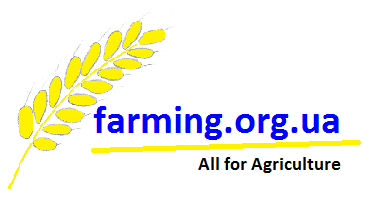|
Plante Stressteori
Dr. Oleksii Orlov
PhD i Agrikultur
Hva er stress hos planter (stressa planter)?De vanligste stressa av
planter er mangel på fuktighet og frostskader.
I Scandinavia vanligste
stressa er veldig stor mengde av fuktighet og rain, lite sol og sur jord
også.
I denne artikkelen skal vi vurdere hva som er plante stressa og
hvordan innflytelse de til planter produktivitet?
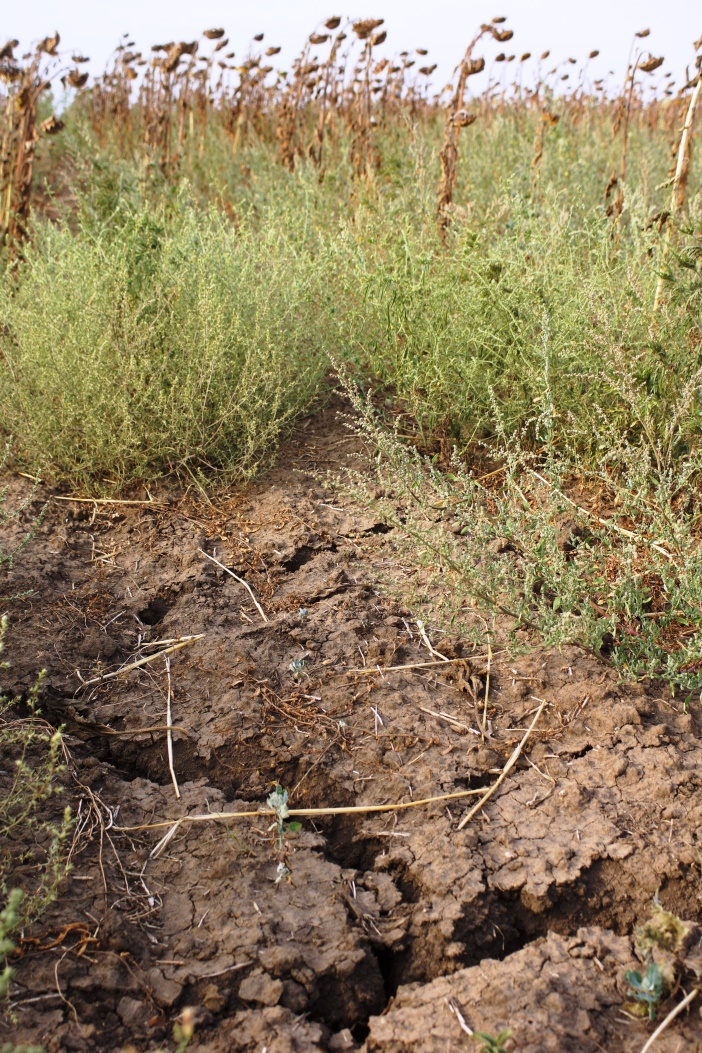
Photo
©
Dr. Oleksii Orlov
Bildet viser døden til en åker med solsikker på grunn av
mangel på fuktighet på grunn av sent såing. Nabobønder som sådde
solsikker når det jord vått, fikk god frøhøst
Planter er utsatt for mange stresser, som noen
ganger alvorlig påvirker produktiviteten deres. For eksempel er en reduksjon
i avling forårsaket av stress.
Plantedød er også forårsaket av
stress. Slike negative effekter inkluderer både lave og høye temperaturer,
både mangel på fuktighet og tørke, samt påvirkning av fytopatogener,
ultrafiolett stråling osv. Selv bruk av plantevernmidler og andre preparater
er ikke uten stress for kulturplanter.
Vitenskapen jobber intensivt
med spørsmålet om å redusere virkningen av ulike negative faktorer på
planter, for å hjelpe dem med å forberede seg på ekstreme situasjoner selv
før de møter dem.
Plantestress er delt inn i tre typer:
-
abiotisk
- biotisk
- agroteknisk
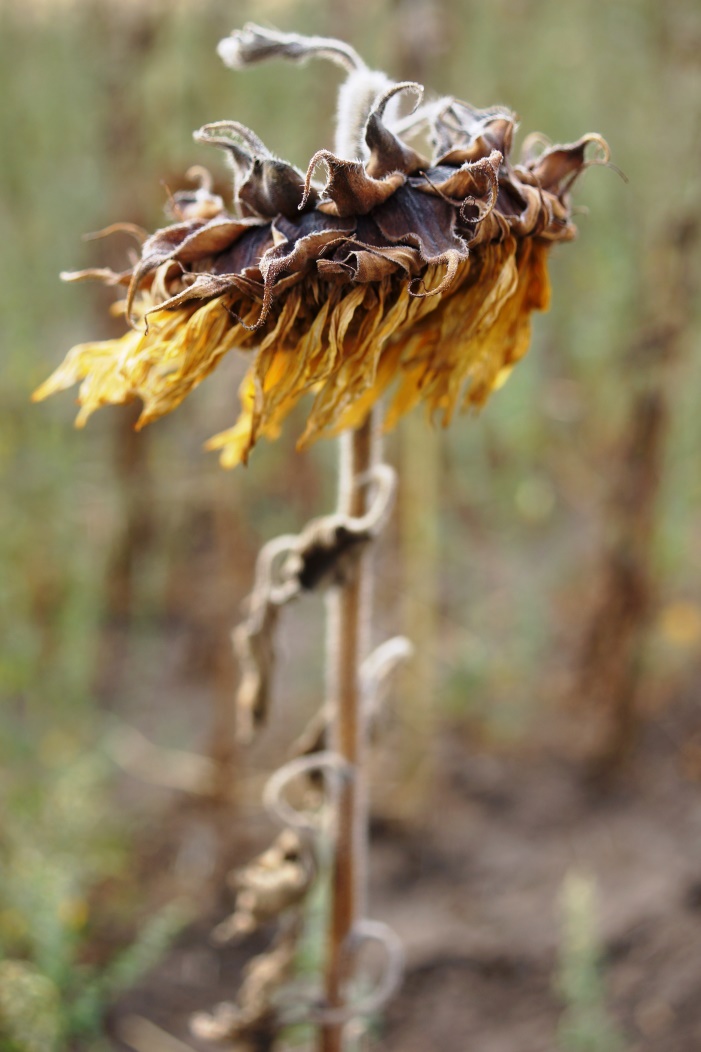
Photo
©
Dr. Oleksii Orlov
Planters død er også
forårsaket av sterkt stress. Bildet viser abiotisk stress, død på grunn av
vannmangel
Abiotisk eller
naturlig stress av planter
Abiotisk
stress er stress forårsaket av miljøfaktorer som ekstreme temperaturer,
vind, tørke og jordsaltholdighet.

Et eksempel på abiotisk eller
naturlig stress er: hvete under påvirkning av alvorlig tørke. Dette
er det vanligste abiotiske stresset i tørkeområder. I dette feltet
vil hveteavlingen ikke være mer enn 2-2,5 t/ha. Hvis den årlige
avlingen begrenses av mangel på fuktighet, bør alle ressurser
(gjødsel, plantevernmidler) brukes til planlagte avlingen, på en
slik måte at det blir profittere. Slik at penger overskuddet fra
innhøstingen på 2,5 t/ha dekket alle produksjonskostnadene!
I åpent felt er det svært
vanskelig å kontrollere abiotiske stresser. Under forholdene i drivhus /
innendørs farming er abiotiske stressfaktorer enkle å kontrollere.
Det er veldig viktig å forstå hvordan stress påvirker planter og andre
levende organismer, slik at vi kan ta noen forebyggende tiltak.
Forebyggende handlinger er den eneste måten å beskytte deg selv og feltene
dine mot abiotisk stress.
Det er flere metoder som folk kan bruke for
å redusere den negative effekten av stress.
Det finnes mange
forskjellige typer abiotisk stress, hvorav de vanligste er:
- Kaldt
-
Varme
- Vinden
- Tørke
- Hagl
- Jordsalting
- Jordsurhet
-
Jordens alkalitet, etc.
Biotiske stress av planter
Biotisk stress er stress som
oppstår som følge av skade fra siden av andre levende organismer, som
bakterier, virus, sopp, parasitter, insekter, ugress, etc.
Her er noen eksempler på vanlige biotiske
stresser......
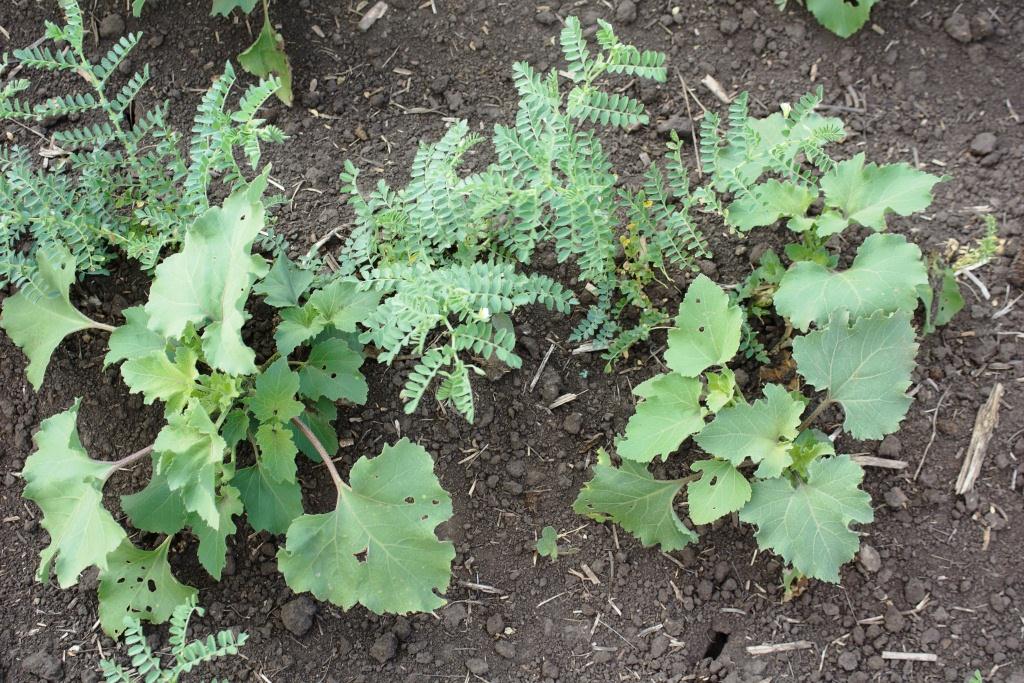
Damage caused by weeds (Xánthium
strumárium weeds), as in this chickpea field, is biotic stress!
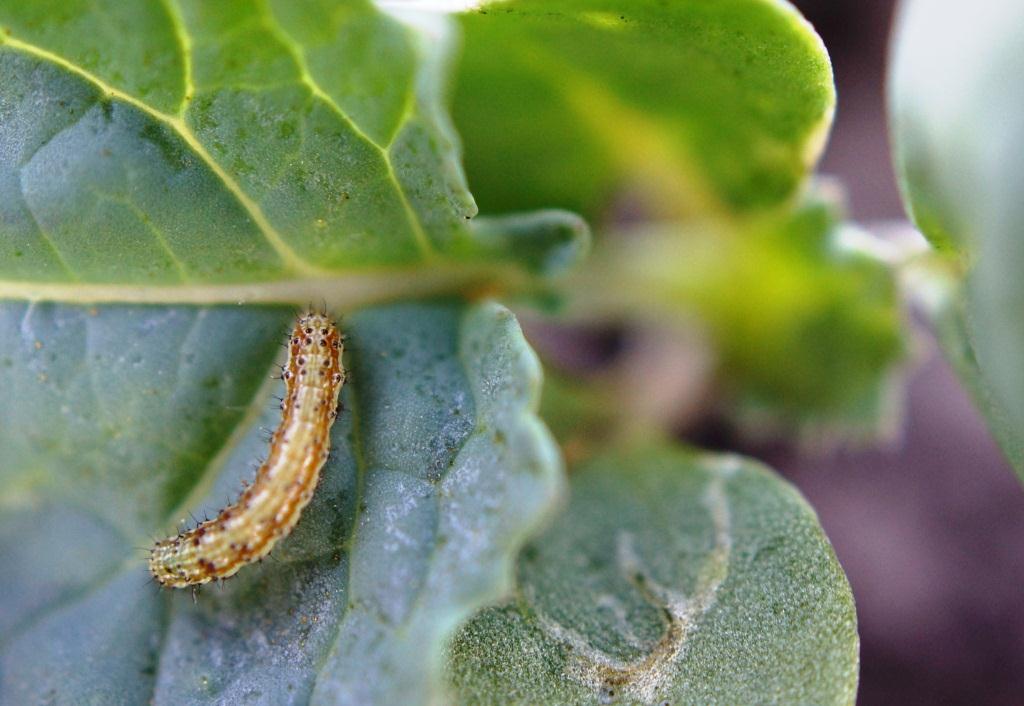
Photo
©
Dr. Oleksii Orlov
Skadedyrskade (Pyralis
larver) som på denne rapsplanten er biotisk stress!
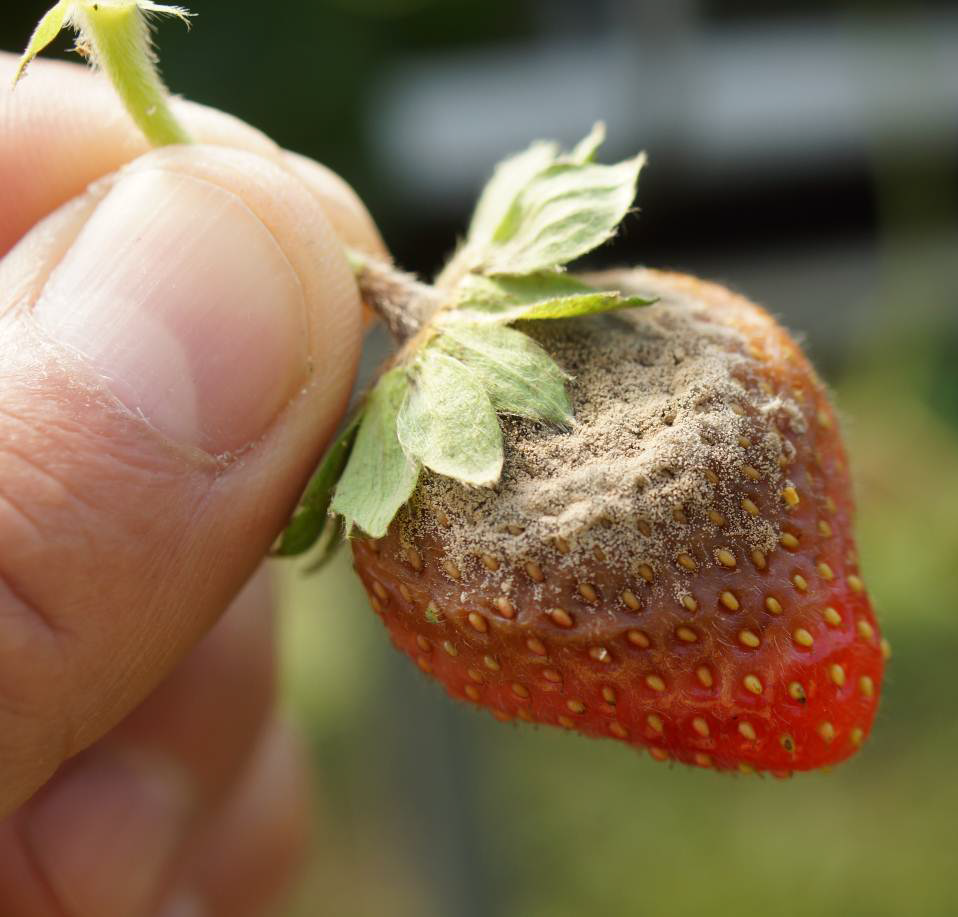
Photo
©
Dr. Oleksii Orlov
Skader forårsaket av
sykdommer (botrytis av jordbær) er biotisk stress!
Hvilke typer biotiske stress som påvirker en
organisme avhenger av klimaet, og til og med av artens evne til å motstå
visse påkjenninger.
Skader og skader forårsaket av ulike levende
(biotiske) og ikke-levende (abiotiske) faktorer kan virke svært like.
Selv med nøye overvåking kan en nøyaktig
diagnose være vanskelig.
For eksempel kan bladvisnning av jordbær
forårsaket av tørkestress være lik bladvissning forårsaket av en alvorlig
karsykdom forårsaket av sopp eller visning forårsaket av skadedyr.
Agrotekniske stresser av planter
Mange metoder for landbruksteknologi forårsaker
stress i planter. For eksempel å bruke ugressmiddel eller overvurdere
hastigheten, eller harving av fielda med spirede planter.
Noen
landbruksmetoder bidrar til å forsterke effekten av biotiske og abiotiske
stress hos planter.
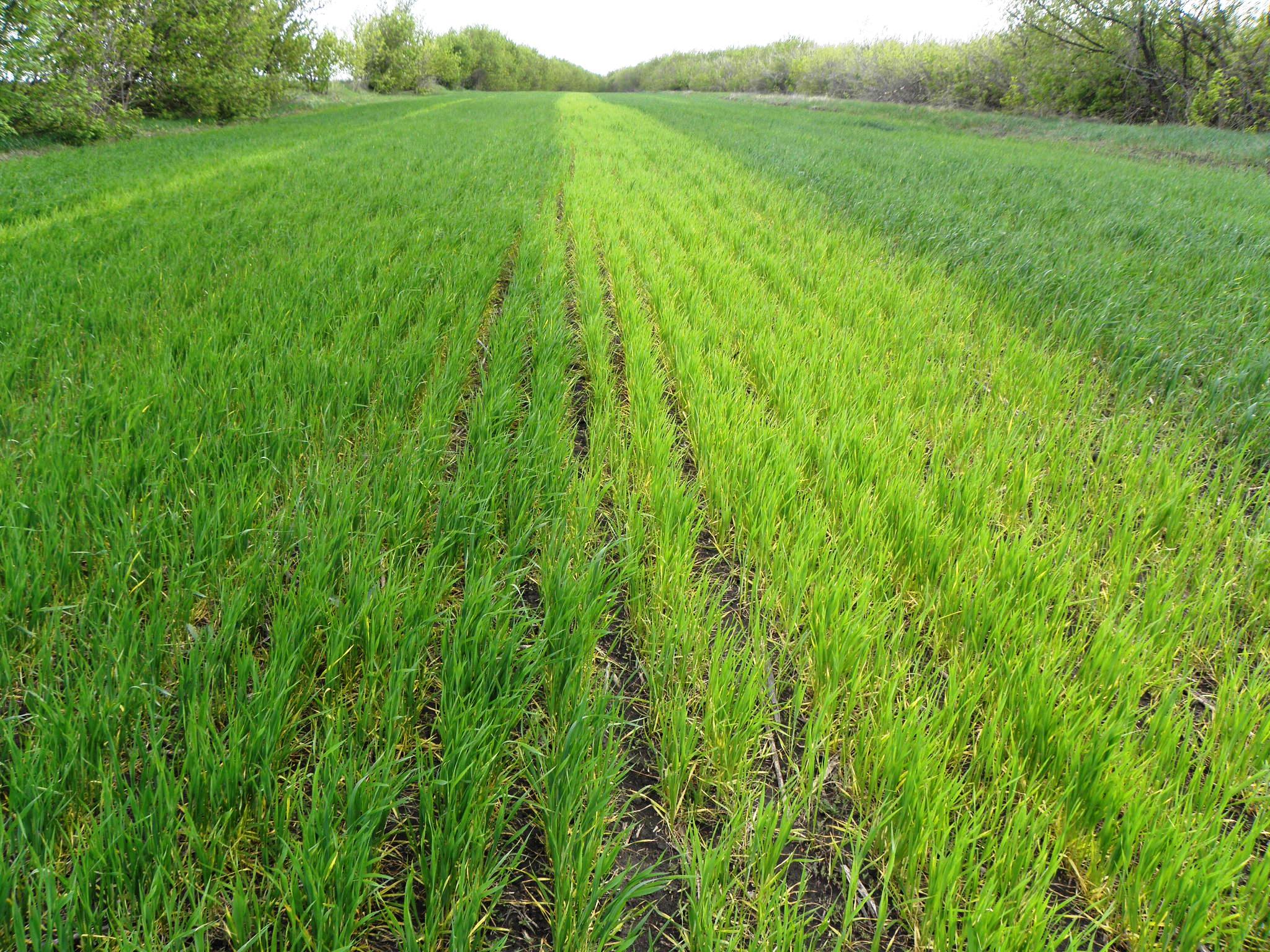
Et
eksempel på agroteknisk stress – på grunn av en feil under
gjødselpåføring (ett passering av gjødselsprederen ble savnet), var
hveten gul
Kombinert virkning av plantestressfaktorer
Faktorer virker sammen. Det er veldig viktig å bestemme den mest
innflytelsesrik.
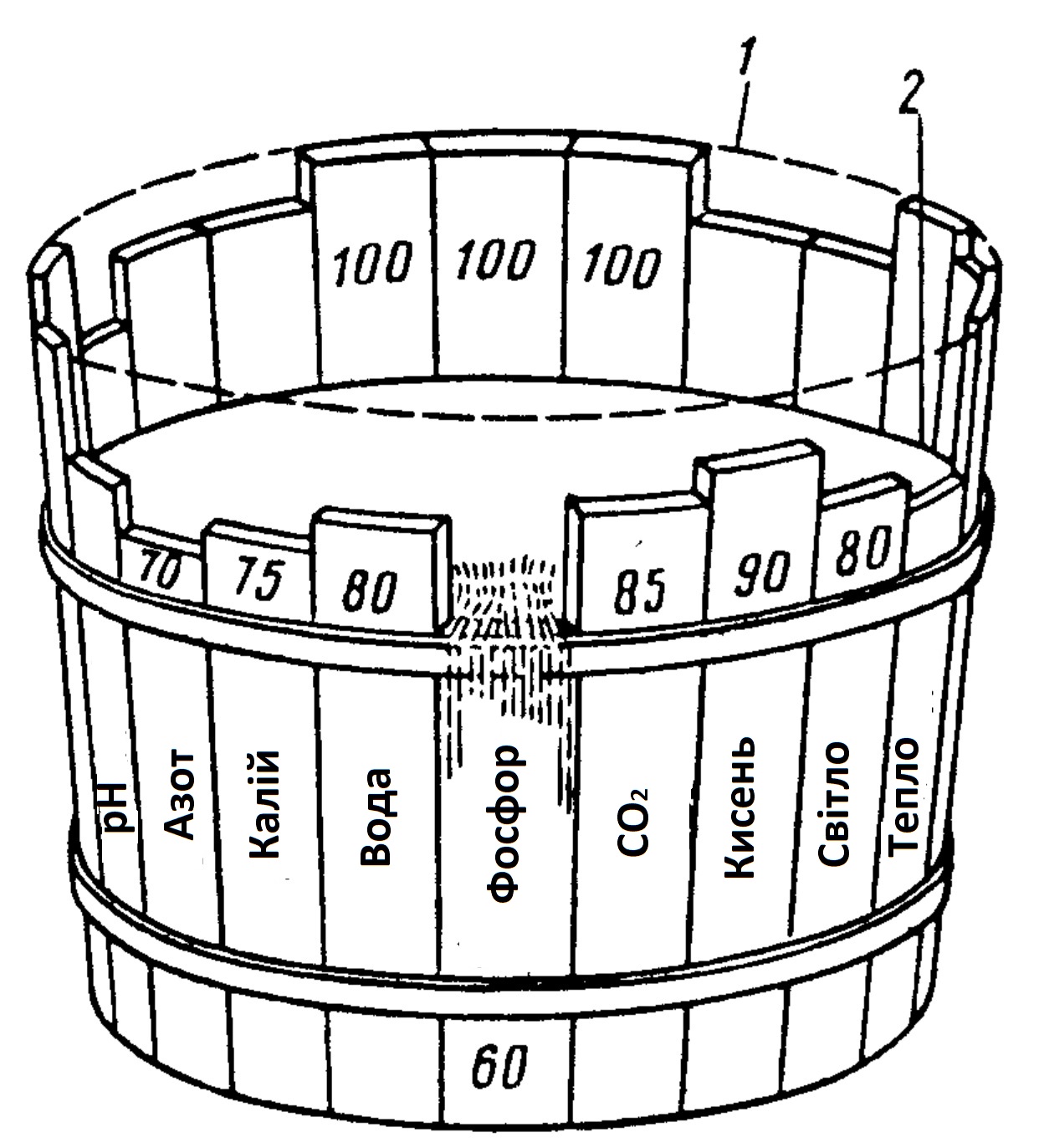
Liebigs tønne, eller grunnloven for jordbruk:
1 - Maksimalt mulig
utbytte
2 – Faktisk utbytte som begrenses av virkningen av
stressfaktoren, mangel på fosfor!
Her ser vi at den faktoren som
gir størst skade er mangel på fosfor.
Her er noen enkle eksempler på
samhandling av stressfaktorer...

Et
eksempel på den felles virkningen av abiotiske og biotiske
stressfaktorer – mais ble rammet av hagl (abiotisk faktor). Og
umiddelbart en soppinfeksjon på de skadede stedene og plantene ble
syke (biotisk faktor). I dette tilfellet, hvis du umiddelbart etter
haglen kan spraye med soppdrepende middel, kan du forhindre
spredning av sykdommen!
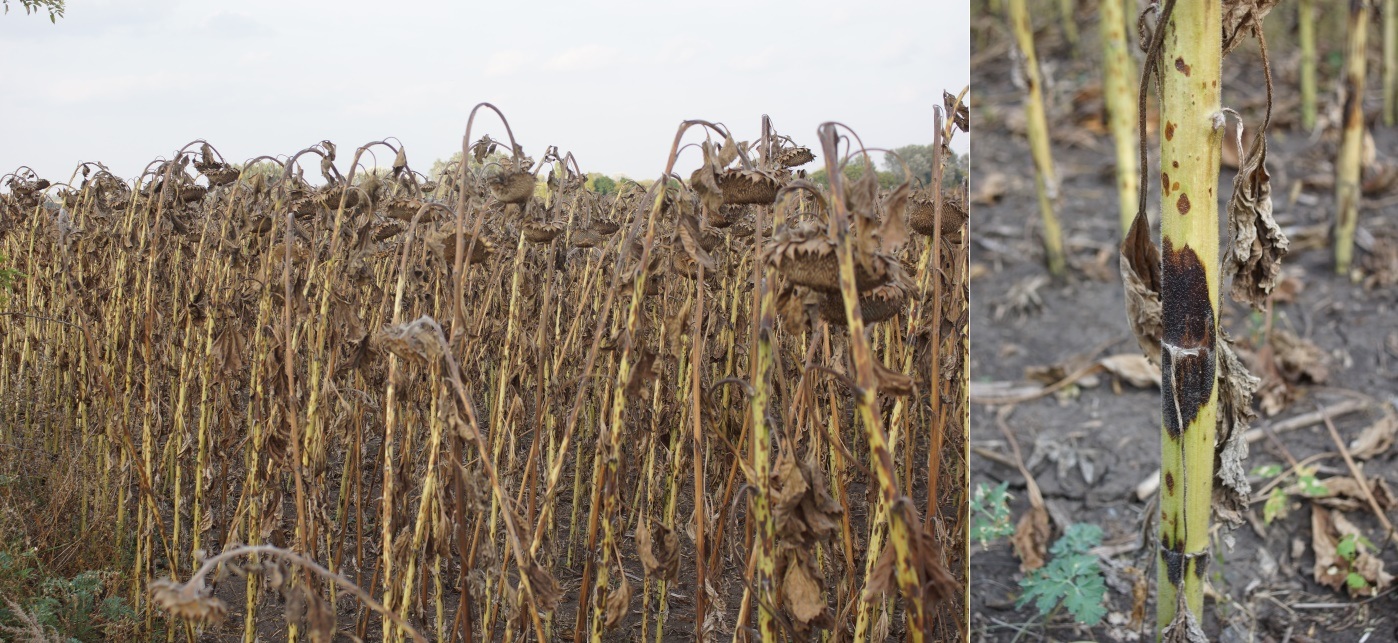
Et
eksempel på en kombinasjon av to biotiske stressfaktorer -
solsikkefeltet er infisert med to sykdommer: Phomopsis - på bildet
til høyre (1. stressfaktor) og Alternarosis (en annen stressfaktor)
Planter påvirkes alltid av mange faktorer samtidig!
Tre faser av en
plantes respons på stress
Begrepet "stress" (fra engelsk stress - press
eller spenning) ble introdusert i det vitenskapelige leksikonet i 1936 for å
beskrive kroppens reaksjon på enhver sterk negativ påvirkning.
I følge teorien om
stress inkluderer de tilsvarende reaksjonene på stressende effekter tre
faser (Hans Selye stresstriade):
1 - alarmreksjon
2 - tilpasninger (motstand)
3 - utmattelse.
I den tredje fasen av
reaksjonen på stress (utmattelse) - plantens beskyttende evner er oppbrukt,
cellulære strukturer blir ødelagt, celler dør. Som regel er dette en
irreversibel fase av stress som fører til plantens død.
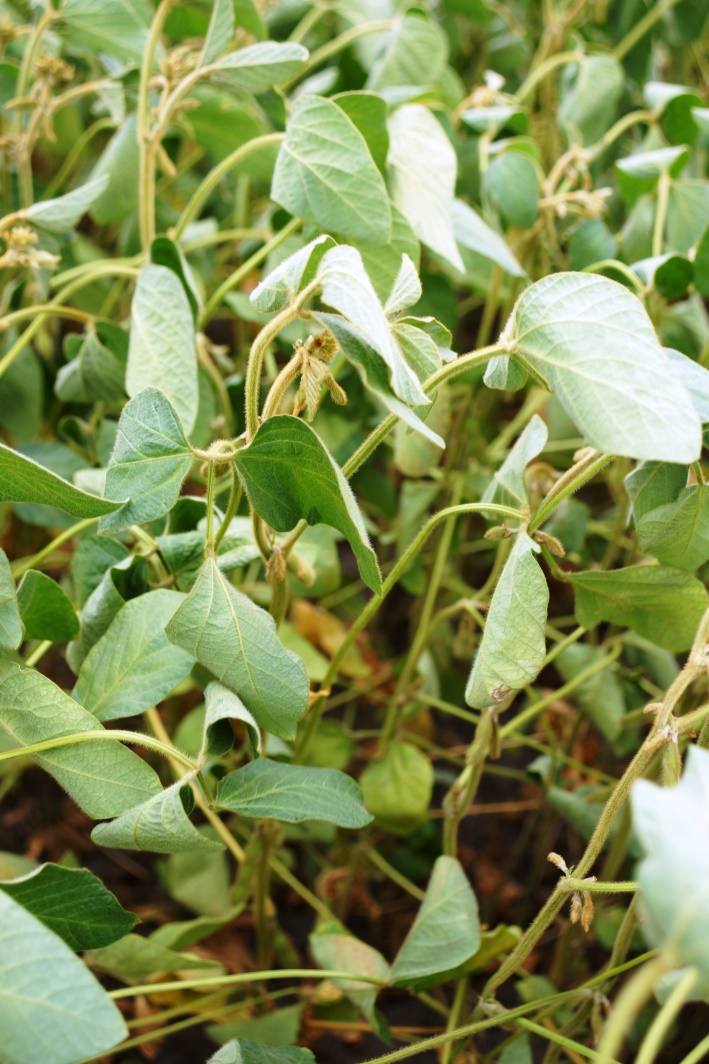
Den tredje fasen av reaksjonen på stress (utmattelse) er at planter
visner og avlingens død. I en slik fase er endringene allerede
irreversible, vanning eller påføring av gjødsel vil ikke endre
situasjonen
Måling av plantestress
Plantestressmåling er en
kvantitativ vurdering av stressfaktorenes innvirkning på plantehelsen.

Et eksempel på måling av plantestress er
hvordan tørken påvirket maisavlingen
I noen tilfeller
er det enkelt å måle plantens stressnivå, og i noen er det vanskelig
eller umulig å gjøre.

Et eksempel på alvorlig plantestress er
gulfarging av solsikker på grunn av effekten av IMI-ugressmidler. I
dette tilfellet gikk avlingen betydelig ned, og noen felt døde.
Solsikke reduserer utbyttet kraftig under påvirkning av stress i 3-4
bladfasen, når det fremtidige utbyttet legges! Dette er et eksempel
på et middels stressnivå
Når planter er under
mindre enn ideelle vekstforhold, anses de som stresset.
Stressfaktorer kan påvirke vekst, overlevelse og utbytte.
Derfor er det
viktig å vurdere om noe kan gjøres akkurat nå for å bedre plantenes
tilstand, eller om ingenting kan gjøres og det bør rettes oppmerksomhet mot
forebygging av stressfaktorer allerede neste sesong.
La oss gi noen
eksempler: en sak når noe kan gjøres og en sak når noe ikke lenger kan
gjøres.
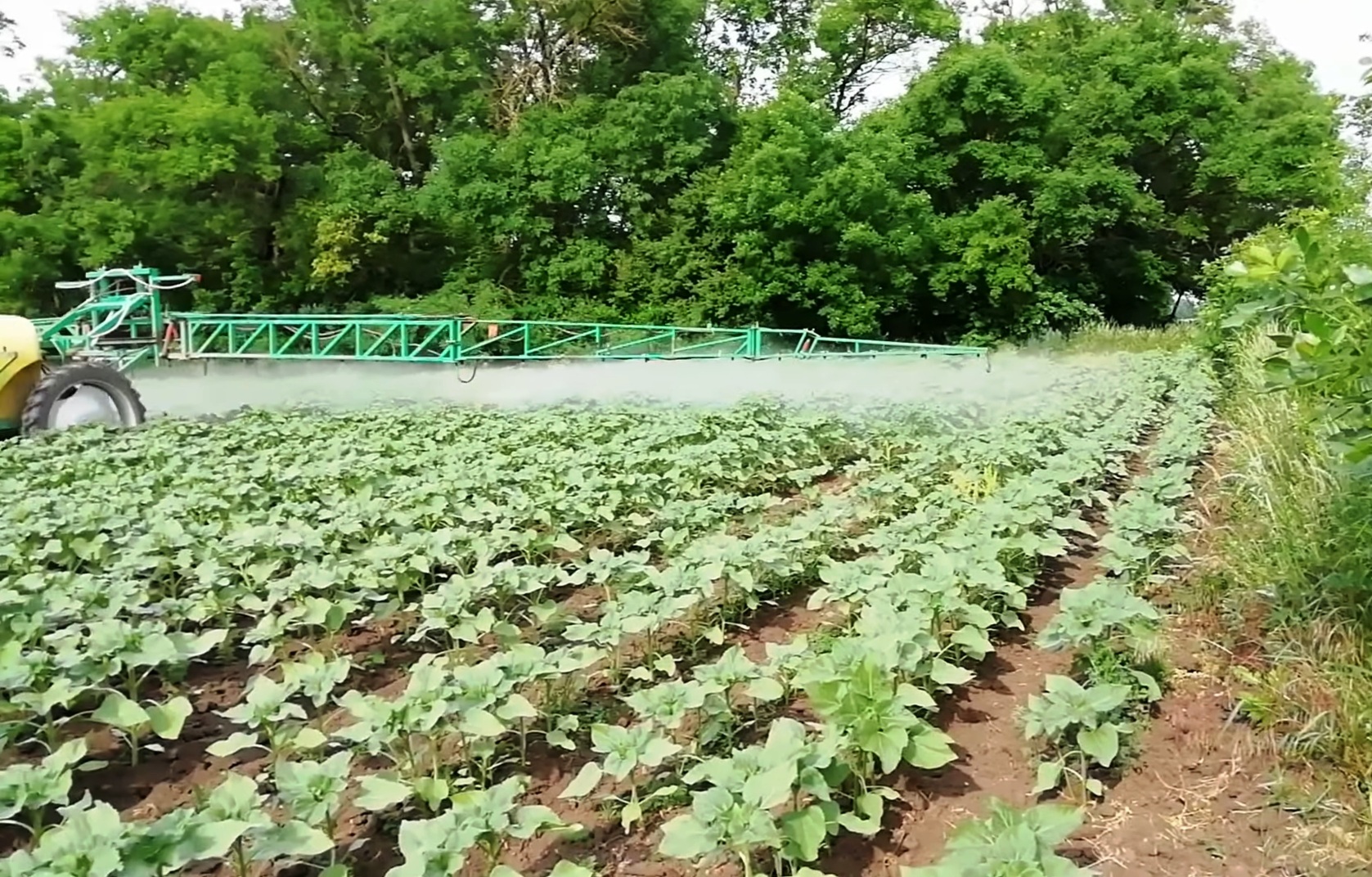
En sak hvor noe kan gjøres. Vi så at solsikken mangler nitrogen. Og
hvis det ikke er nok nitrogen, så føler plantene seg stresset av
mangel på nitrogennæring, da kan du lage bladgjødsling med urea. På
bildet - sprøyting av solsikke med urea

Tilfellet når du ikke kan gjøre noe er
døden til avlingen fra sterk frost og snø i Usbekistan. Trærne vil
ikke dø, men de vil ikke produsere frukt denne sesongen
Plantestressstudier
undersøker planters respons på begrensninger og overskudd av grunnleggende
abiotiske faktorer (lys, temperatur, vann og næringsstoffer) så vel som
andre stressfaktorer som er viktige i visse situasjoner (f.eks. skadedyr,
patogener eller kjemikalier).
Måling av plantestress fokuserer
vanligvis på måling av levende planter. Det kan inkludere visuell vurdering
av plantelevedyktighet, men mer nylig har vekten skiftet til bruk av verktøy
og protokoller som oppdager responsen til visse prosesser i planten
(spesielt fotosyntese, plantecellesignalering og plantesekundær
metabolisme).
Bestemme de optimale forholdene for plantevekst, for
eksempel optimalisering av bruken av vann i vanningssystemet, i vanning.
Bestemmelse av det klimatiske området for forskjellige arter eller
underarter av kulturplanter, deres varianter og hybrider.
Bestemme
hvilke varianter og hybrider av kulturplanter som er motstandsdyktige mot
denne eller den stressfaktoren.
Plantestresshåndtering
Forebygging av plantestress:
- GMO-planter, mer
motstandsdyktige eller tolerante torpåkjenninger
- kontroll av
stressfremkallende faktorer
- redusere effekten av stressfaktorer
-
landbruksteknologi rettet mot å redusere stress og forebygge det.
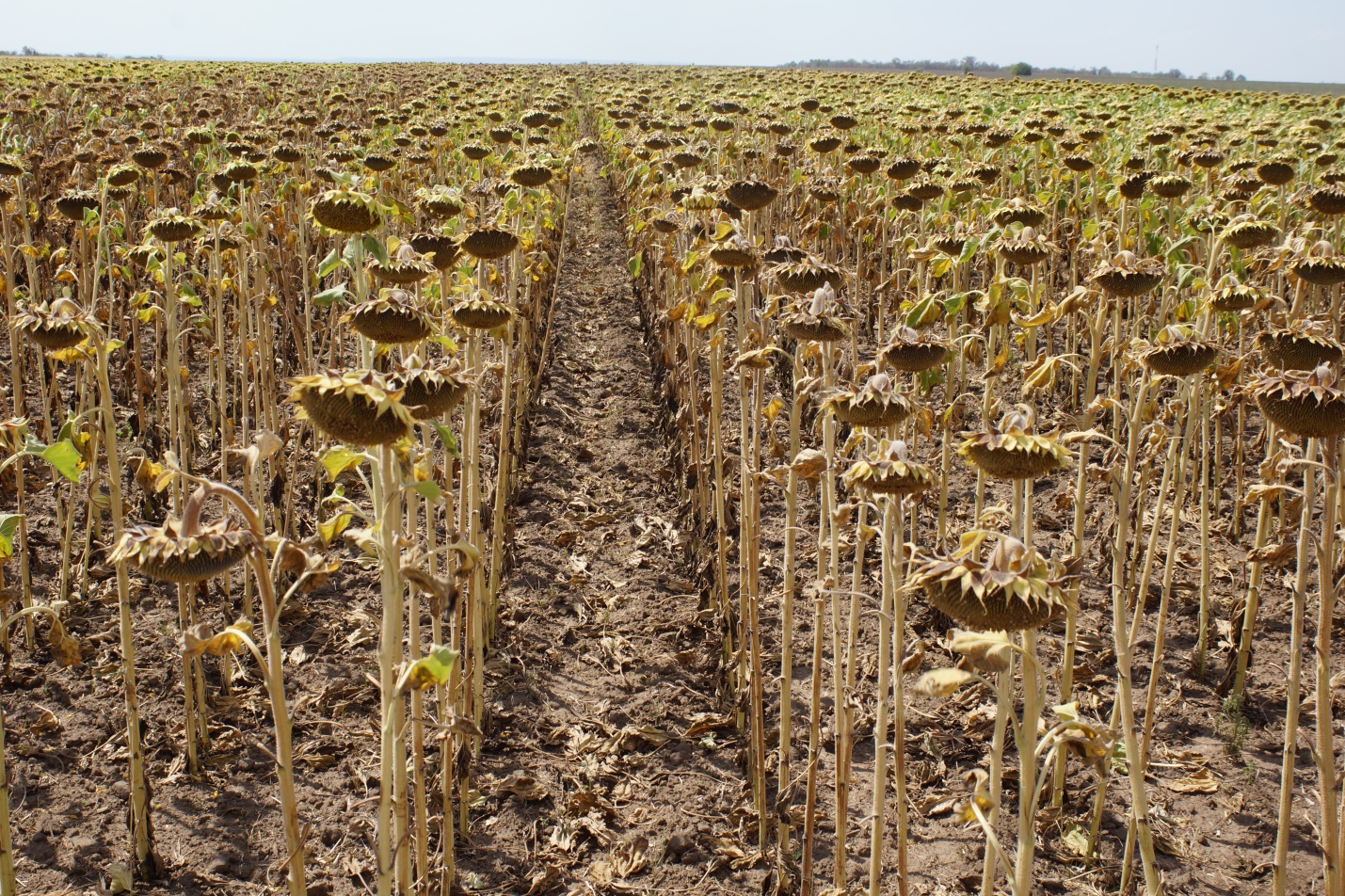
Det er veldig viktig å korrekt vurdere
virkningen av stressende faktorer og bygge opp en virksomhet på en
slik måte at du kan tjene penger. Som på dette bildet dyrkes
solsikker under forhold med tørkestress. Selv om avlingen ikke er
høy, 1,5-1,8 t/ha, men takket være riktig landbruksteknologi,
planlegging av kostnader for minimumsavling og riktig utvalg av
sorter, fikk bonden et godt overskudd!
Det høyeste utbyttet er bare mulig hvis plantene
dyrkes i hele vekstsesongen uten stress!
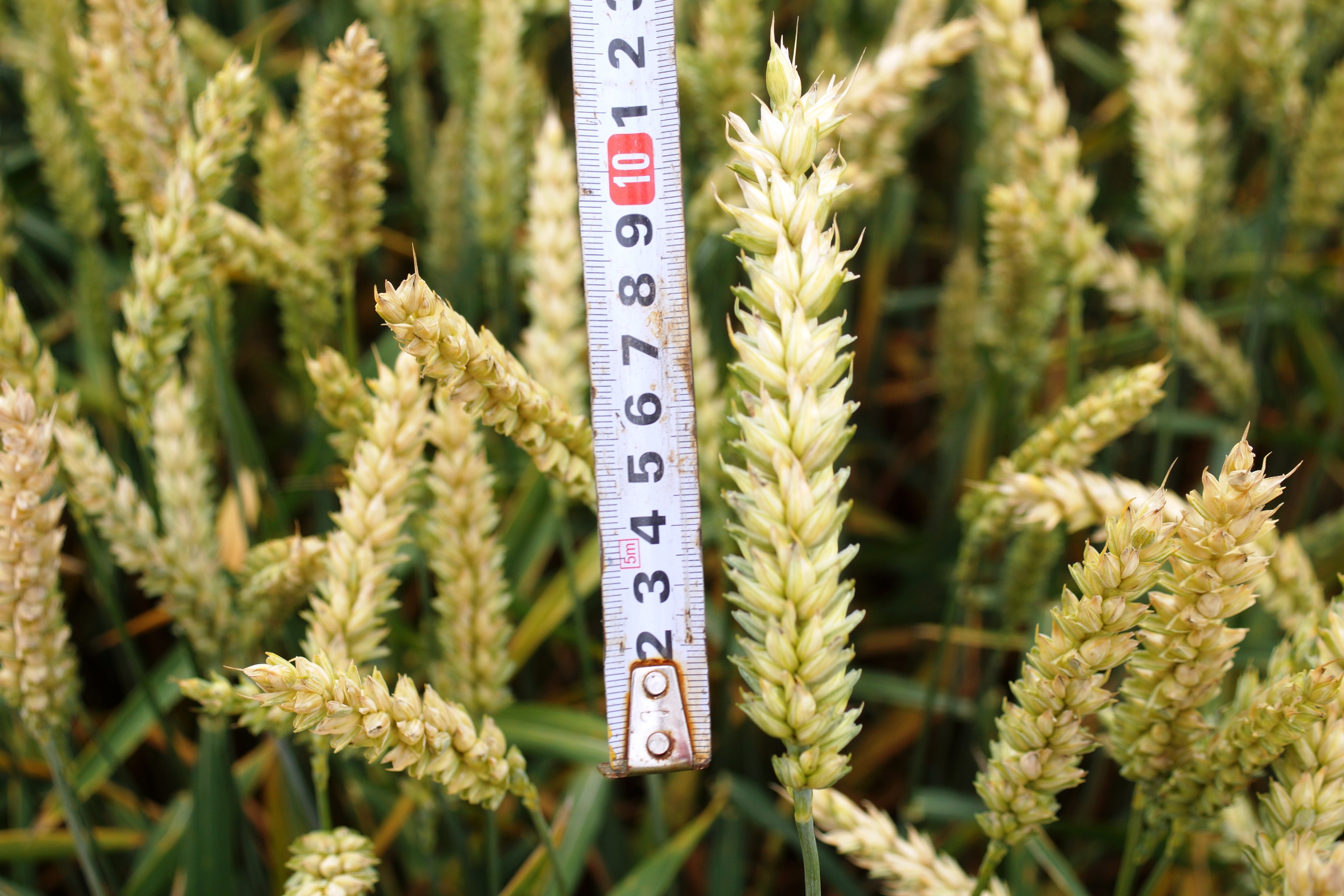
Photo
©
Dr.
Oleksii Orlov
Hvis du dyrker planter
uten stress, dyrker planter under optimale forhold, kan du få store
avlinger og høy fortjeneste. Som i dette feltet, hvor hvete ga 11
t/ha! Og det er ingen hybridhvete!
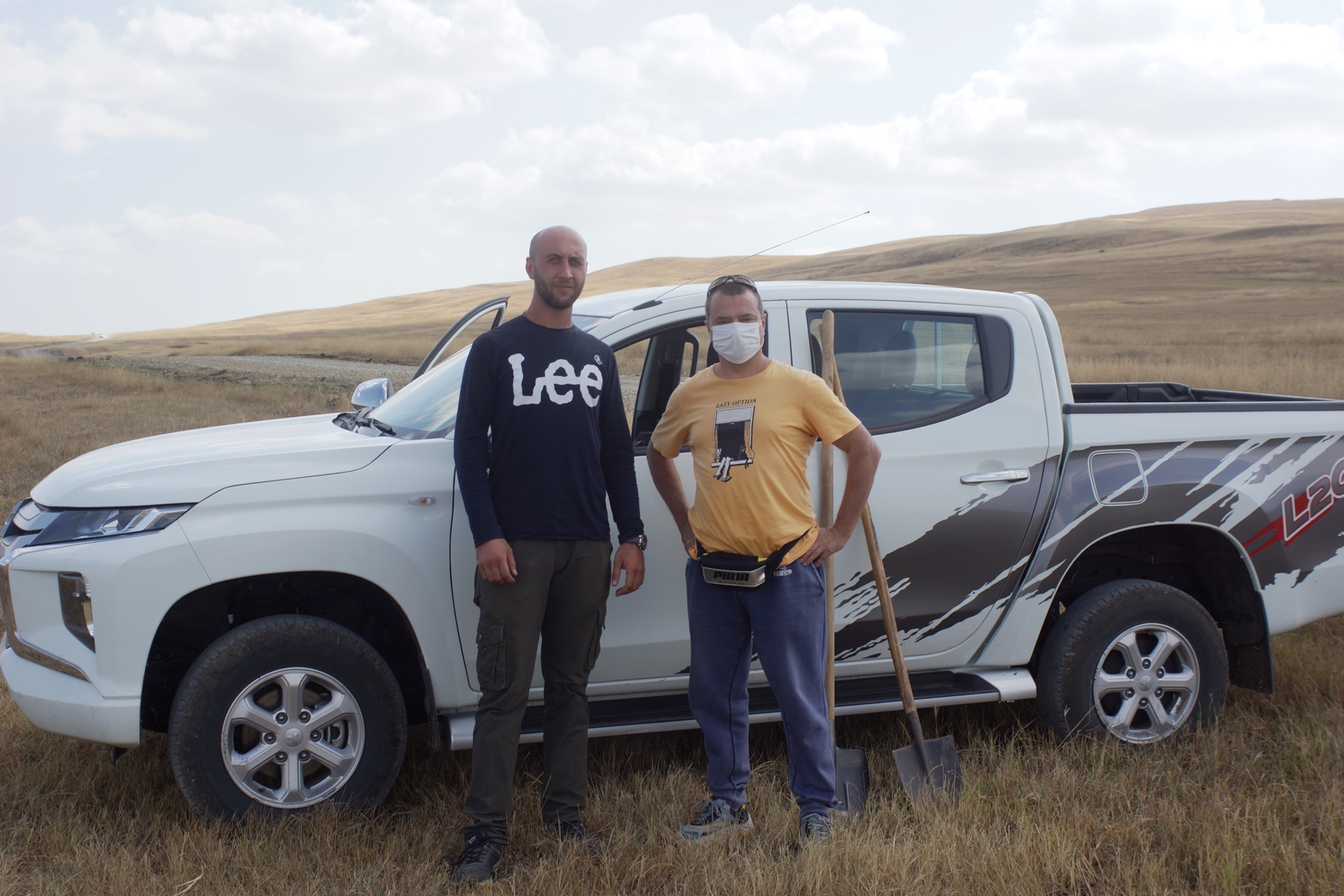
Photo
©
Dr. Oleksii Orlov
Kontakt oss for
rådgivning og opprettelse av lønnsomme prosjekter!
Vi
garanterer den beste kvaliteten på tjenestene!
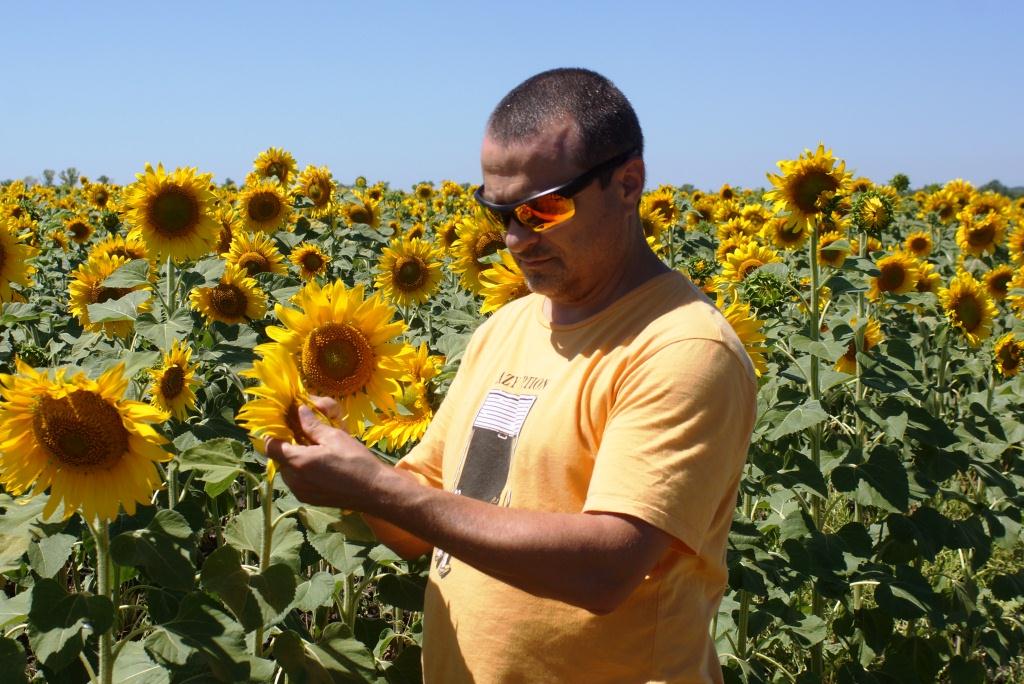
Photo
©
Dr. Oleksii Orlov
Disclaimer
© Agricultural Consulting
Service.
Agricultural consulting. Technical audit. Up-to-date
business creation turnkey. Business Consulting Consulting
Services for agriculture, aquaculture, natural resources, environment, safe
energy in industry and home construction...
|
|
